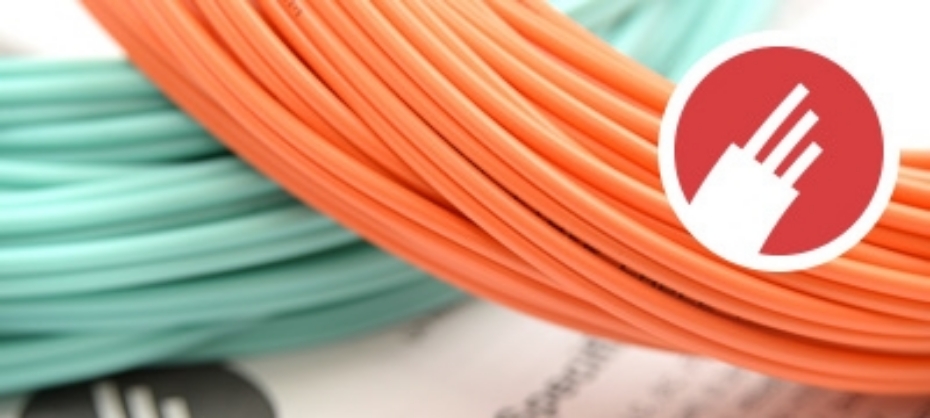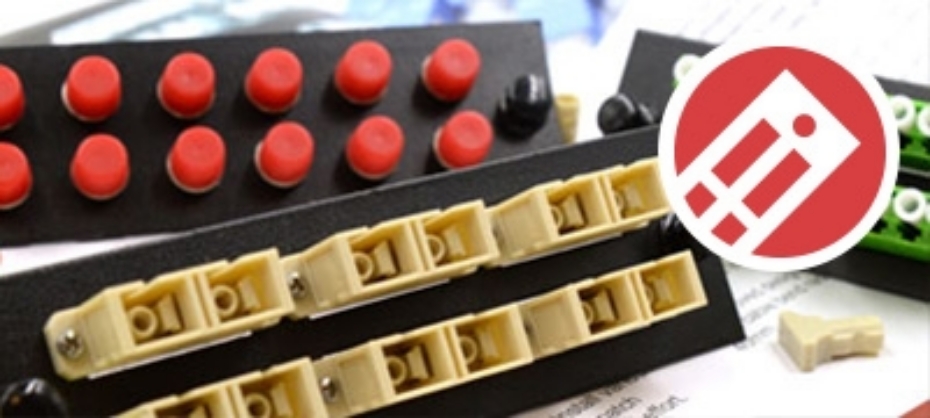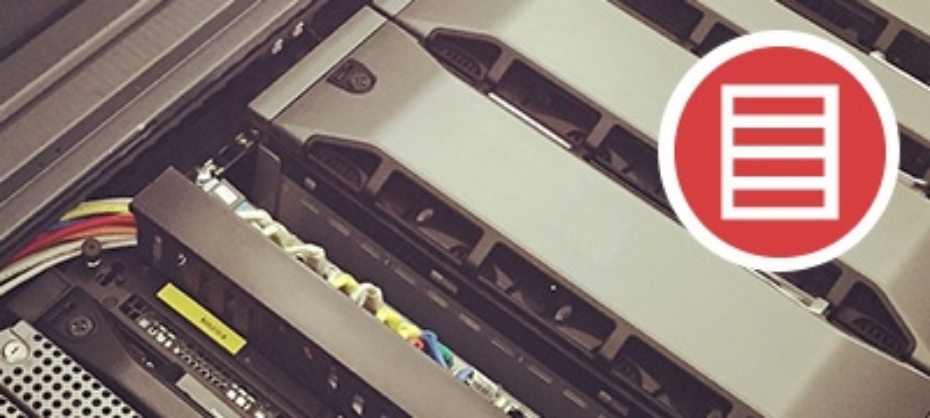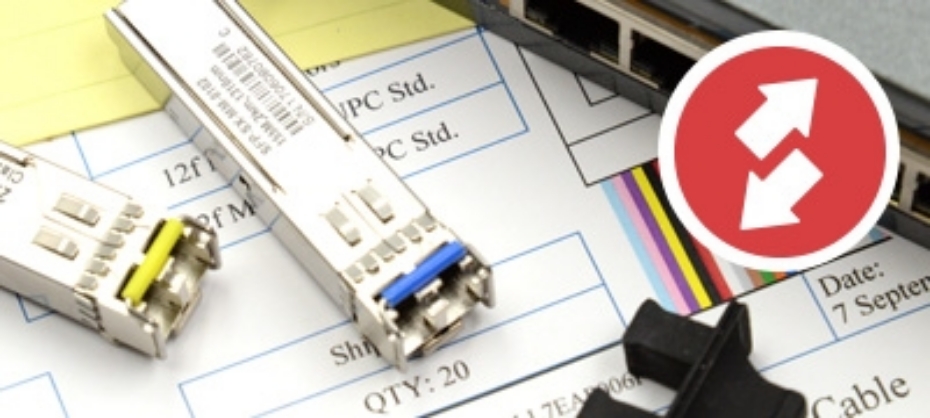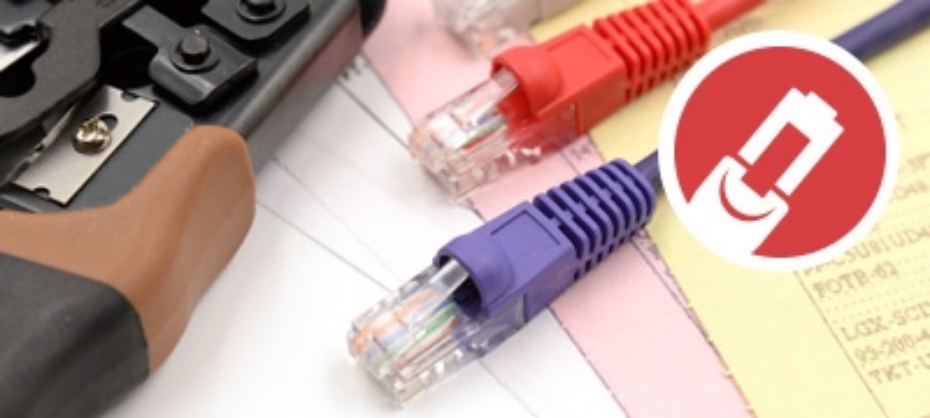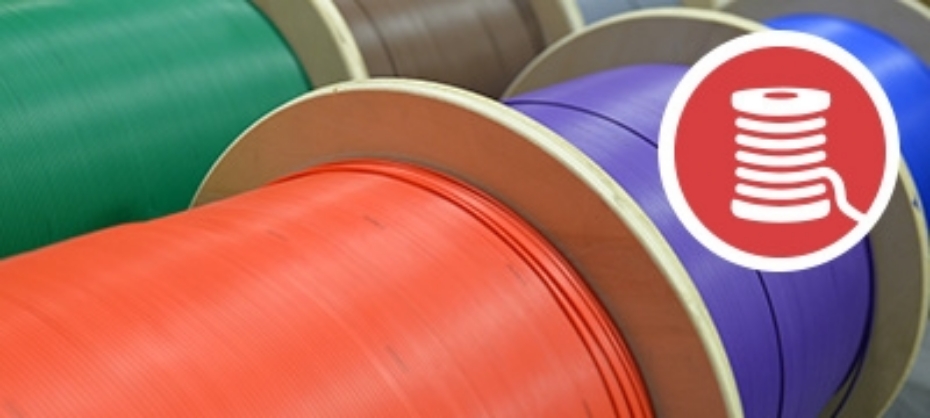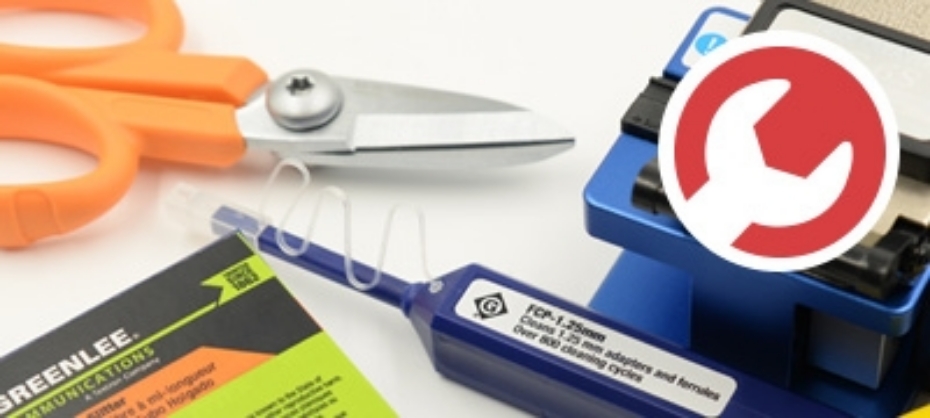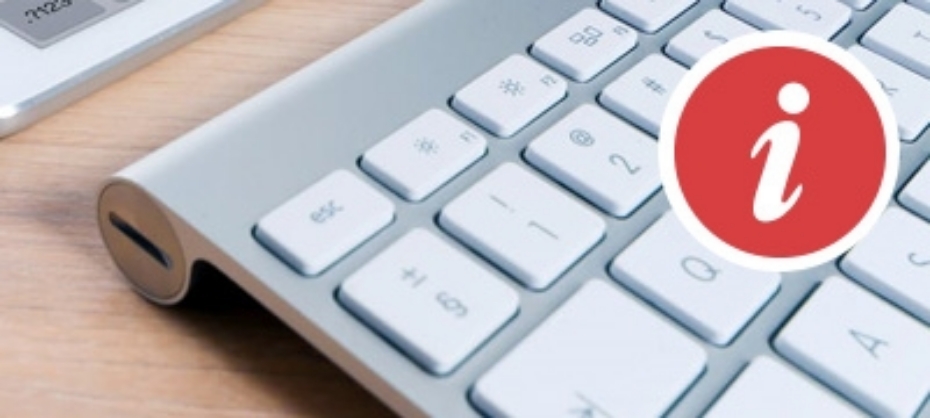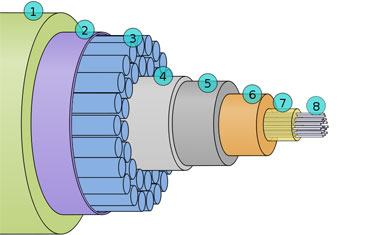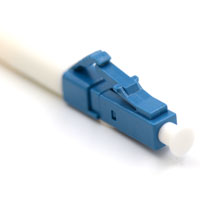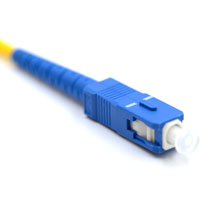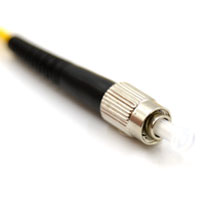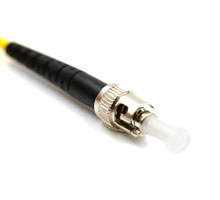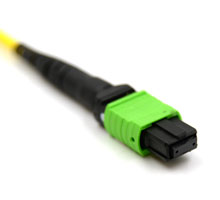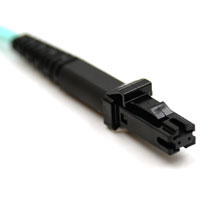MTP/MPO cables are used in a variety of high-speed, high-density applications and within larger data centers. Generally the quality of the cable is determined by the stability and sustainability of the network as a whole. So, how can you spot a quality MTP Cable in the wild?

Below are 5 things you should look for in MTP cables to ensure you get the quality you are looking for.
1. Branded Fiber Cores
MTP/MPO solutions are usually employed in networks where space is at a premium such as telecommunications distribution boxes and data center cabinets. When this happens it usuaslly results in small bend angle. If the fiber core is of poor quality the small bend angle can result in signal loss which leads to transmission interruptions. Brands such as Corning ClearCurve have a much better performance which reduces signal loss and makes routing and installation far easier.
2. Industry Recognized MTP Connectors
MTP connectors can house 12, 24, or 72 fibers in a ferrule. This makes them really grat for use in data centers due to the space they save. Industry recognized MTP or MPO connectors like those from US Conec, offers precision alignment which reduces insertion and return loss.
Industry recognised connectors provide a solid structure that make them great for many mating cycles. Buying the best MTP cables, and industry recognized MTP connectors matters greatly when quality and reliability are important.
3. Low Insertion Loss Is Very Important
Insertion Loss (IL) refers to the loss of optical power caused by using a connector or plug. It is one of the key factors that affects the performance of fiber optic networks. Simply put, the smaller the insertion loss, the better the network will perform. The IL of a conventional multi-mode MTP ferrule should generally not exceed 0.6 dB, and the conventional single-mode MTP ferrule should generally not exceed 0.75 dB. For single-mode and multi-mode MTP with low insertion loss (high quality), it is generally required that the insertion loss does not exceed 0.35 dB. When choosing MTP cables, try to choose vendors that provide insertion loss test reports with their cables. (Fibertronics does)
4. Consider How Flame Retardant It Is
Fiber optic cable jackets can be made up of various different materials, all of which have different fire resistances that are suitable for various scenarios. They most typically PVC, LSZH, Plenum and Riser. Most of these have good flame retardant properties. If there are higher requirements for the installation environment such as in drop ceiling and raised floors, it is best to choose a higher flame retardant level.
| MTP/MPO NEC Rating | Level | Application |
| OFNP: | 1 (Highest) | Horizontal wiring area and aerated environment (conveying pipes and air handling systems.) |
| OFNR: | 2 (Middle) | Vertical wiring area (connection between entrance equipment or computer room and communication cabinets on different floors) |
| OFNG/OFN: | 3 (Lower) | Common area |
5. Stringent Quality Testing
The International Electrotechnical Commission (IEC) created IEC 61300-3-35 which is designed to ensure quality and performance. This standard oulines pass/fail requirements for connector end faces before connection. It has requirements relating to scratches and defects in each zone inside the connection. The defects include all non-linear features detectable on the fiber, including particulates, other debris, pits, chips and edge chipping. Basically put, the cleaner the end face is, the better the cable quality is overall.
All Fibertronics cables are subjected to testing within our advanced testing department that adheres to the highest quality standards. Once completed each cable has a print-out of it's test result bundled with it and is then ready to be carefully shipped to you.

